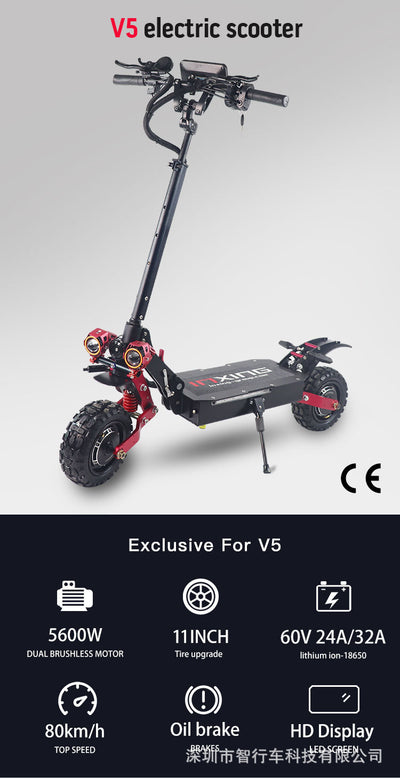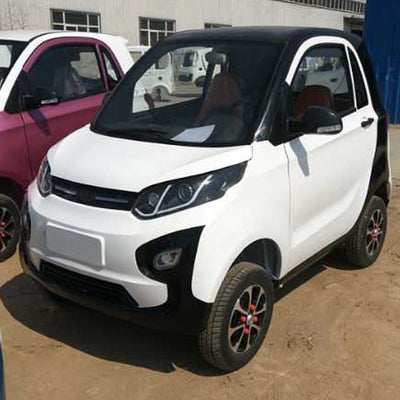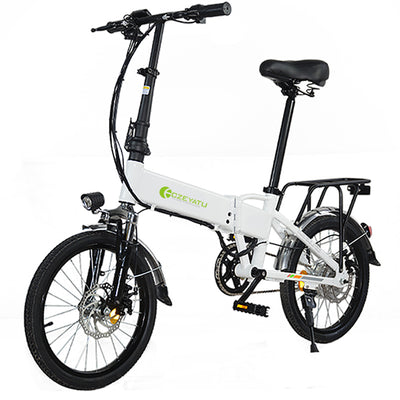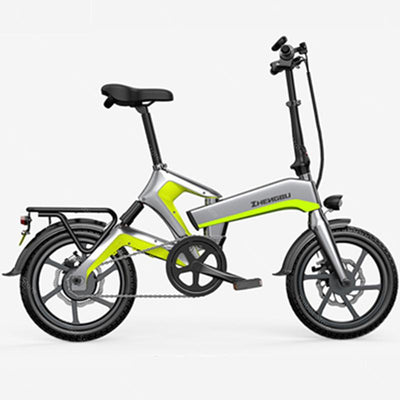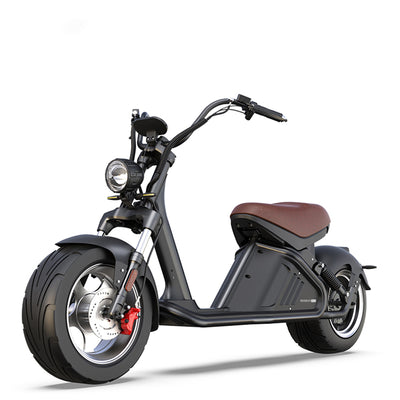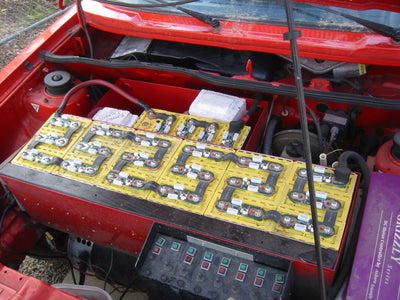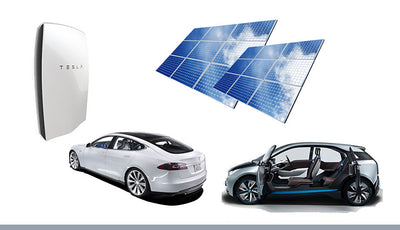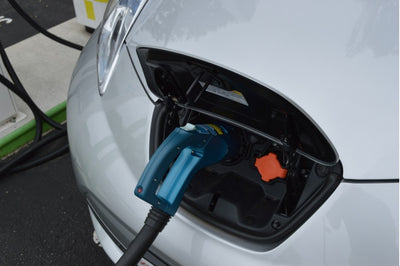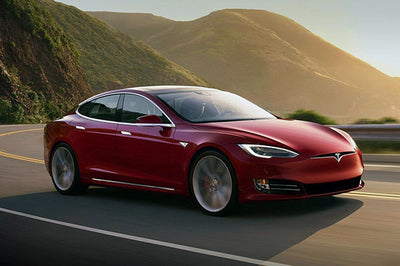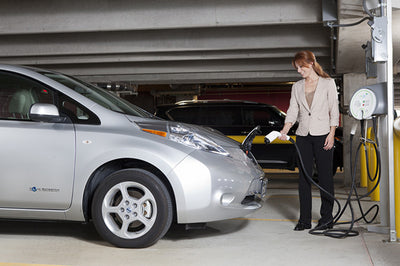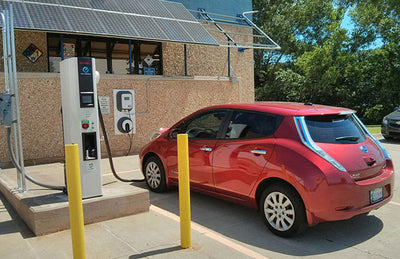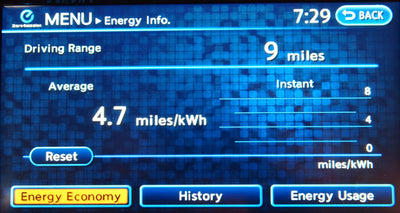Understanding Unique EV Specs of a Plug-in Vehicle
Posted by Tom Lee on
Shopping for a new car can be a daunting task. Sure, we have a gut reaction to a vehicle’s brand, size, design, level of comfort or even its color. But we shouldn’t overlook the specifications of the car, which can be helpful in our quest to know if a particular model is right for us or not. That’s hard enough with a gas-powered car—and even more challenging to drivers considering a first electric car. Yet, with a little help, it doesn’t have to be scary or mysterious.
We hope this quick primer on EV specs will allow you to understand the numbers, and what they might mean for driving and charging a car that runs on electrons. First, here's a graph that compares the most important specs for the most popular EVs.
Horsepower
Many car shoppers are familiar with horsepower because it’s a term that for hundreds of years has described the power of machines, including gas-powered cars and now EVs. The term dates back to the 18th century when James Watt coined the term to make machine-power relevant to people familiar with muscle-power. (It roughly describes the number of pounds of coal a horse can move over a prescribed period of time.)
Horses have long since been kicked to the curb, but the term “horsepower” is well known to drivers who understand for example, that a Nissan Versa with 109-horsepower is a slowpoke while a Chevrolet Corvette Stingray ripping 455 horsepower is a thrill. The exact same thing holds true for comparing a 111-horsepower Fiat 500e to a 416-horsepower Tesla Model S.
Kilowatts
An electric car’s spec sheet often shows the max power of a vehicle not only in horsepower but also in terms of kilowatts. Guess what: it means exactly the same thing, even though the numbers are different.
One horsepower equals 746 watts (or 0.746 kilowatts). Automakers simply convert the more mysterious kilowatt term to the more familiar horsepower rating, multiplying the number of kilowatts by 1.34. In the case of the Nissan LEAF, take its 80-kilowatt motor, and multiply it by 1.34, to derive a rating of 107 horsepower.
This conversion will allow us to compare gas-powered cars and EVs on an apples-to-apples basis. But that’s not the full picture because the fun of electric cars is mostly derived not from horsepower—but from torque, perhaps the most important least understood metric for car buyers.
Torque
Horsepower or kilowatts describe how fast your EV can travel. But torque applies to how quickly that maximum power is delivered.
Imagine that you’re in front of the line at a stoplight. The light turns green, and you step down on the accelerator pedal. How quickly do the axles twist? How fast do you either glide or rocket away from the intersection?
The electric powertrain in an EV—compared to what’s found in an internal combustion car—is extremely efficient at delivering immediate bursts of power to the wheels. In other words, EVs have loads of low-end torque.
Torque is arguably a more important spec because we commuters feel a vehicle’s torque on a regular basis as we zoom around a city. We frequently capitalize on torque, but we rarely test horsepower capabilities of our cars.
Of course, you might be wondering about that quirky “pound-feet” term. In simplest terms, a pound-foot is how much energy is required to lift one pound one foot. But let’s not get too hung up on the term. Here’s the main point: a higher torque number will mean brisker acceleration, especially from relatively low speeds.
In addition, it’s important to consider that heavier vehicles require more work to move down the road—so two cars with the same amount of horsepower or torque might feel very different on the road. The lighter one is likely to provide a much zippier drive. In some cases, the sky-high torque of an EV will be more than a lightweight car can manage in terms of handling and maneuverability.
Kilowatt-Hours (Battery Size)
Kilowatt is a measure of power (or the rate at which work is done).
Kilowatt-hour is a measure of energy (or the ability to do a certain amount of work).
Work, in this context, is the work of moving your car miles down the road. In an electric car, the amount of work you can derive from the battery pack is described by the number of kilowatt-hours stored in your EV’s battery pack
It’s not dissimilar to the number of gallons of liquid fuel stored in a tank of a gas car. If your car has a 10-gallon tank and manages 25 miles per gallon, then a full tank holds enough energy for 250 miles of driving range. Simple enough, right?
The same thing, in rough terms, is happening electrically, with your EV’s battery. All things considered, electric cars can travel about four miles on a kilowatt-hour of energy. So, an EV with a 24 kilowatt-hour battery pack stores enough energy—when driven efficiently—to go 96 miles on a single charge.
Unfortunately, most of us don’t drive all that efficiently, so it’s more likely that we’ll get around 80 miles on those same 24 kilowatt-hours of energy. Also, very hot or cold weather can cut down on the efficiency of the stored energy.
In addition, engineers often limit the full use of all those kilowatt-hours of potential storage—as a way to baby the pack and thus prevent degradation over time. That’s why you might hear about “usable” kilowatt-hours versus total kWh. Unfortunately, automakers don’t always clarify the difference between usable and full storage.
Regardless, drivers of EVs often have to spend some time with their vehicles before they fully understand the real-world capability of a battery pack—despite the number of kilowatt-hours listed on the specs. Similarly, over time, you’ll get used to interpreting the fuel gauge (often shown as bars) in terms of how many miles of range remain in the pack. Electric cars notoriously are erratic with its estimations of remaining range.
MPGe vs MPG
It’s somewhat silly to use miles-per-gallon as an efficiency term in an electric car that doesn’t carry gallons of fuel.
But for more than a half-century, consumers have associated vehicle fuel consumption with a single number: the federal government's Miles Per Gallon rating. When the window sticker reads “50 mpg,” consumers know it’s an amazing fuel-sipper. And when it reads “10 mpg,” you know it’s a gas-guzzler.
So, as nonsensical as it is, the government-issued window labels on plug-in cars uses the miles-per-gallon equivalent or MPGe to describe the efficiency. (The term is based on the energy content of gasoline. The energy obtainable from burning one US gallon is 34 kilowatt-hours.)
At the end of the day, EVs are so much more efficient than gas cars that the number on the window sticker—often exceeding 100 MPGe—ceases to have much meaning. Our recommendation is to not worry too much about the MPGe number, and focus instead on driving range. Again, that’s mostly determined by the number of kilowatt-hours stored in your car’s battery pack.
Kilowatts (for Charging Rate)
Given the relatively long time it takes to recharge an EV—versus how long it takes to pump gas into an internal combustion car—it’s important to give some passing thought to the kilowatt charging rate of an EV.
If your EV has a 6.6-kilowatt charger, and you have it plugged in for one hour, then logically your battery will get an additional 6.6 kilowatt-hours of energy. Alternatively, if your EV has a faster 10-kW charger, in that same hour, you’ll have 10 more kilowatt-hours of juice. That’s the difference between adding about 20 to 25 miles of range in that hour of charging, versus about 35 to 40 miles of range in the same period of time.
The scenarios can get quite complicated very quickly because there are different levels of charging. But for the purposes of evaluating one EV versus another, the important factor is that the 6.6-kW chargers that have become standard in today’s EVs are preferable to the 3.3-kW chargers in the previous generation of electric cars.
This is less important for plug-in hybrids with relatively small battery packs commonly charged (even today) with 3.3-kW chargers. But it’s definitely important for big-battery EVs like the Chevrolet Bolt and Tesla Model 3.



